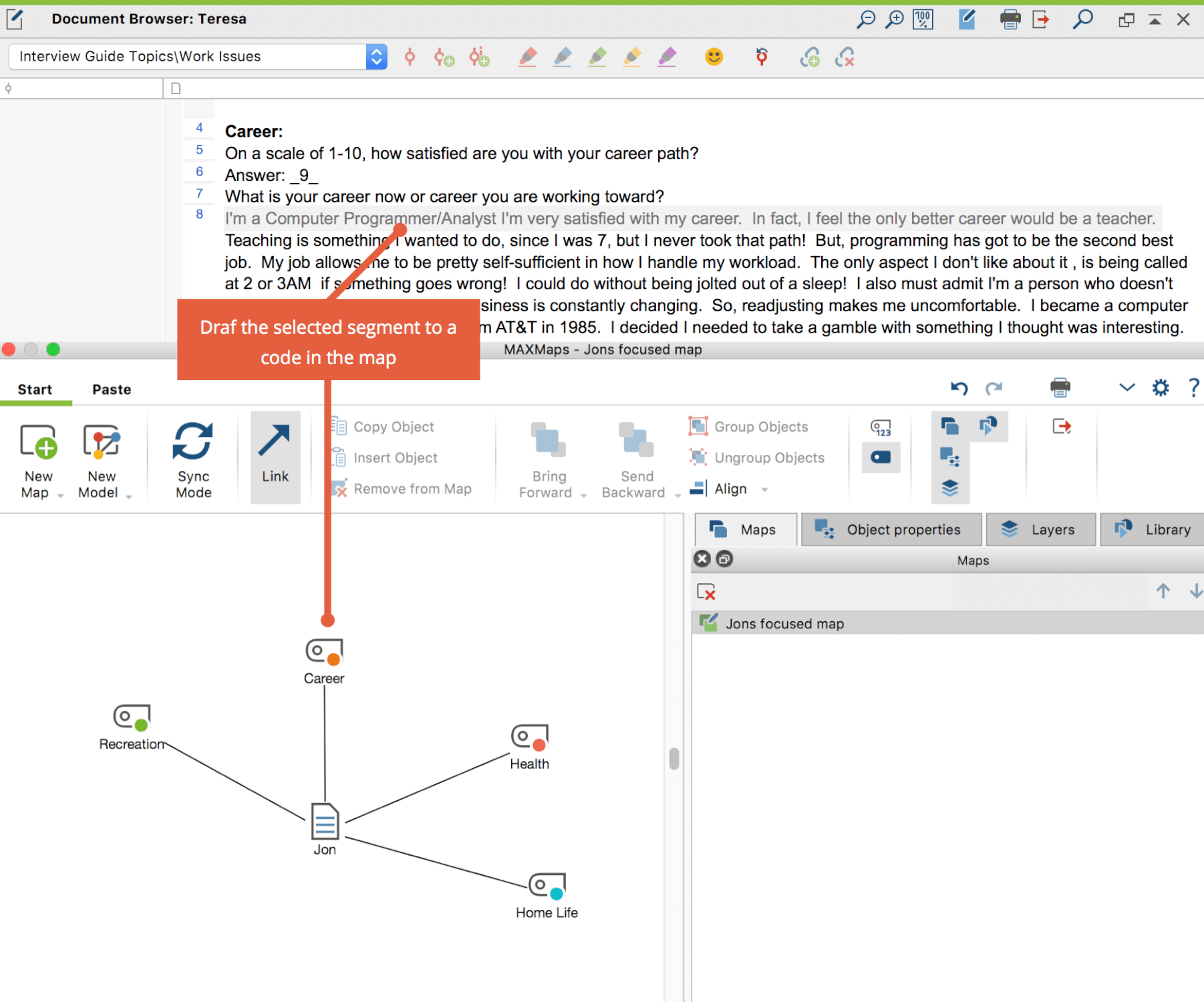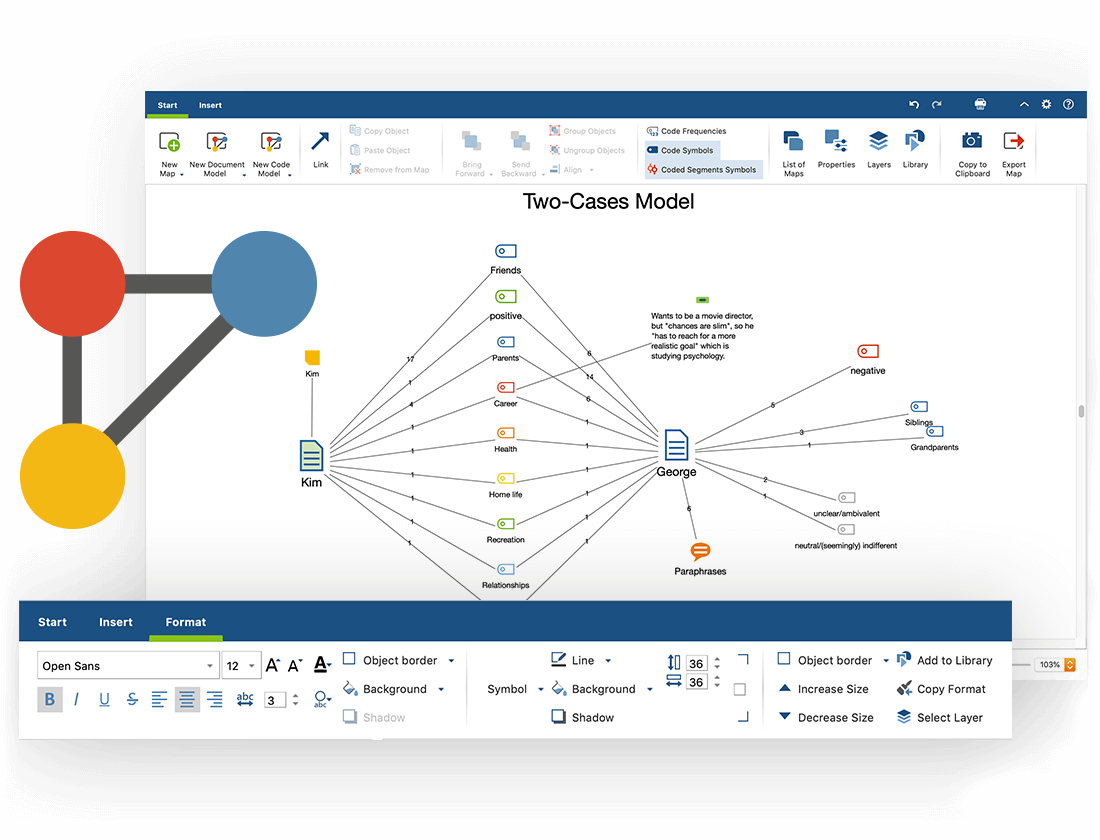


The primary aim of this article is to study the spatial peculiarities of the integration process of the community-driven economic activities within a local tourism supply chain. Ultimately, it enabled us to examine urban development issues in a way that brought together globally-promoted principles, while considering local peculiarities. MAXQDA made it possible to synthesize and quantify document variables and thematic and evaluative codes. The Document Portrait was used to depict the proportion of text segments dedicated to each urban development issue in the analyzed documents. MAXQDA’s visual tools (MAXMaps and Document Portrait) enabled us to present the links between the urban development dimensions and evaluative codes.
MAXQDA CODING CODE
Complex Code Configurations was used to illustrate the distribution and frequencies of the combination of thematic and evaluative codes. The Smart Coding Tool was used to re-check the codes and coded segments for consistency in coding according to the methodology and to create and apply evaluative codes in addition to thematic codes.

We highlight the usage of four MAXQDA tools, the Smart Coding Tool, Complex Code Configurations, Document Portrait, and MAXMaps. This chapter provides an example of an urban development issue in the city of Gori, Georgia. The design incorporates a combination of different methodological approaches, including systematic literature review, evaluative qualitative text analysis, and transformative mixed methods research. Prioritization research design is an approach to identify priorities in development strategies on various areas using MAXQDA.


 0 kommentar(er)
0 kommentar(er)
